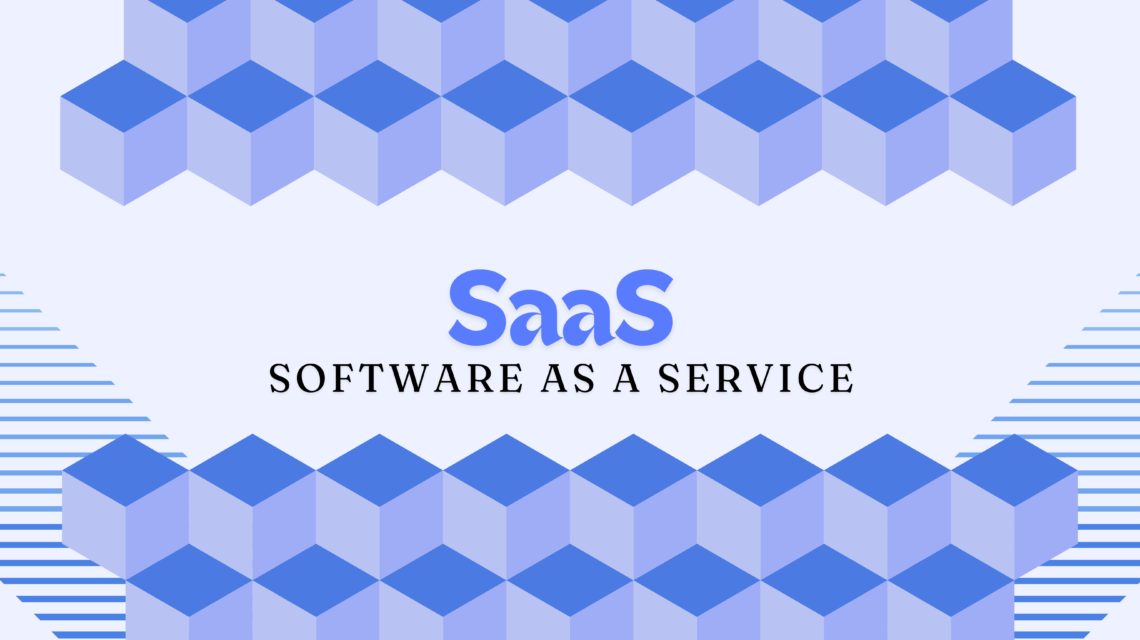In the world of technology that is constantly changing, companies are faced with a key decision when the right choice of software solutions can be/ is to be made: SaaS (Software as a Service) or traditional software? Both options have their own advantages and disadvantages, and learning these differences is necessary for decision that is solidly grounded on the business needs.
1. Deployment and Accessibility:
SaaS:
- Accessibility: Is SaaS a special feature? Yes, it is! Accessibility is one of the most prominent aspects of SaaS. It is interested in carrying out a definite account with a monthly subscription and is usually served using a web browser that supports you to access the software from across the Internet.
- Deployment: SaaS solutions are the modules of software that are being hosted and maintained by the service provider, and thus the businesses are free from having to install, maintain, and upgrade them than would have been the case if they were to be considering purchasing software that is not as a service.
Traditional Software:
- Accessibility: Instead of operating traditionally, the software is rather installed directly on the premises of the company. The downside of this, however, is that it is not mobile thus can be used in specific places only.
- Deployment: Companies have to go and purchase, install and maintain the traditional software themselves, a process that can take longer and more resources of IT to implement.
2. Cost Considerations:
SaaS:
- Cost Structure: SaaS runs on a subscription-based model where charges can be paid monthly or even yearly depending on the user’s actual use or the number of users. This can result in more stable costs and a lower initial investment than would be the case for software that is traditional.
- Upgrades and Maintenance: Through the cost that is paid and included in the subscription, the supplier is going to do the upgrades and the maintenance that mitigates the cost of IT overhead for the businesses.
Traditional Software:
- Cost Structure: Traditional software often comes up with large initial costs such as buying licenses and hardware which will certainly be substantial in the capital budget of the company. Along with it, maintenance, upgrades, and support are the possible fees that may be added over time.
- Control Over Costs: Businesses are given the freedom to manage their software environment. They are required to allocate funds for ongoing maintenance and upgrades.
3. Customization and Integration:
SaaS:
- Customization: SaaS is designed primarily to suit a wide user scope, but is often rigid in terms of customization options which are usually limited to non-customization solutions in traditional software
- Integration: SaaS has become an option with improved flexibility, where the APIs that come with their applications make it easier to connect to other software systems, thus there are no compatibility limitations and every workflow is carried out easily.
4. Security and Compliance:
Traditional Software:
- Customization: In contrast, traditional software cannot be customized to a great extent if the user has specific business needs. Moreover, a customer is able to select the certain features that really work for him/her.
- Integration: The range of the integration feature is not the same for all and IT resources may be needed, in any case, the company’s systems have to be communicated between them.
SaaS:
- Security Measures: SaaS players are more likely to dedicate big budgets for the security of their customers’ data. As a common feature to SaaS providers, they also use high-end encryption technology alongside compliance certificates.
- Compliance: Although the providers make sure that the services they render are adherent to industry standards and regulations, the enterprises still have to crosscheck those and clearly comprehend the measures taken.
- Security Measures: Security is essentially in the hands of the business, which, in turn, needs to be in charge of its safety or else should follow their own security protocols and measures.
- Compliance: Businesses are directly responsible for the compliance efforts but are also responsible for the regulation adherence of all involved parties.


 Impacts of AI on SaaS: The Facts You Should Be Aware Of
Impacts of AI on SaaS: The Facts You Should Be Aware Of  The Top SaaS Project Management Tools for 2024
The Top SaaS Project Management Tools for 2024  How SaaS is Changing the Financial Services Industry
How SaaS is Changing the Financial Services Industry  The Best SaaS Solutions for Automating Business Processes
The Best SaaS Solutions for Automating Business Processes  SaaS in Education: Transforming Learning and Administration
SaaS in Education: Transforming Learning and Administration  Optimizing Your SaaS Pricing Strategy
Optimizing Your SaaS Pricing Strategy